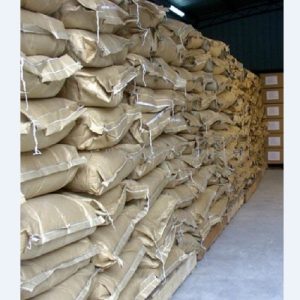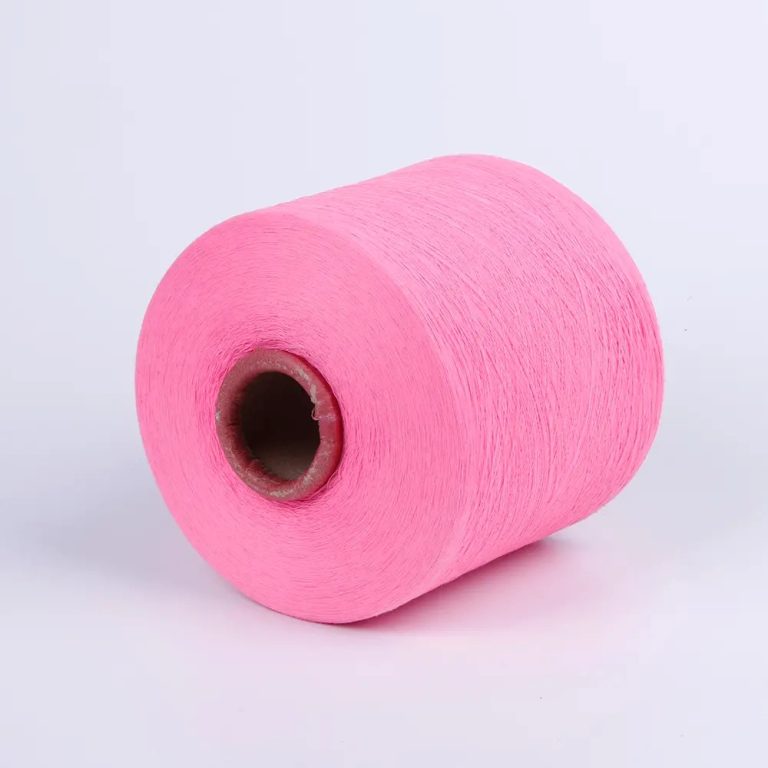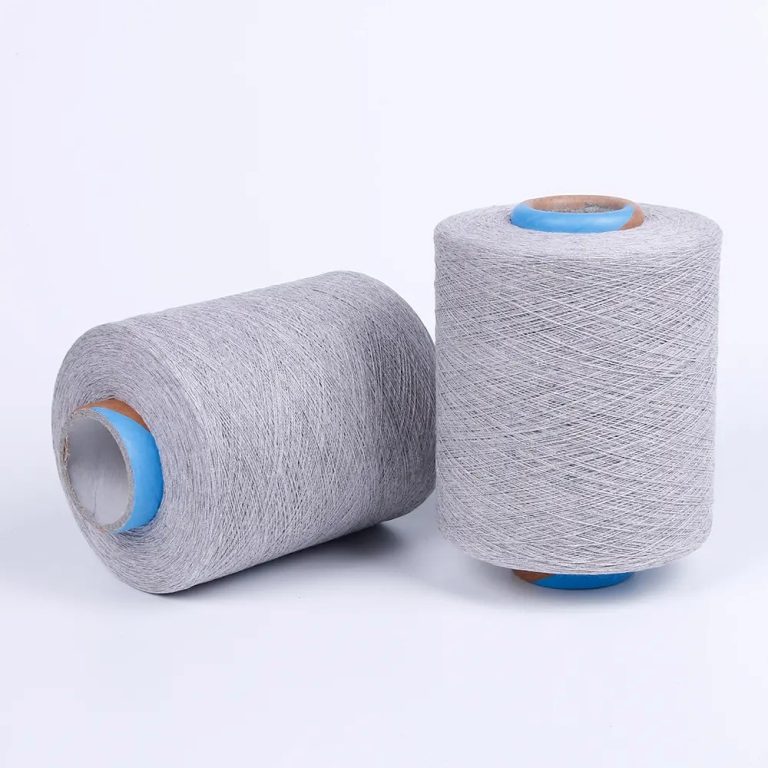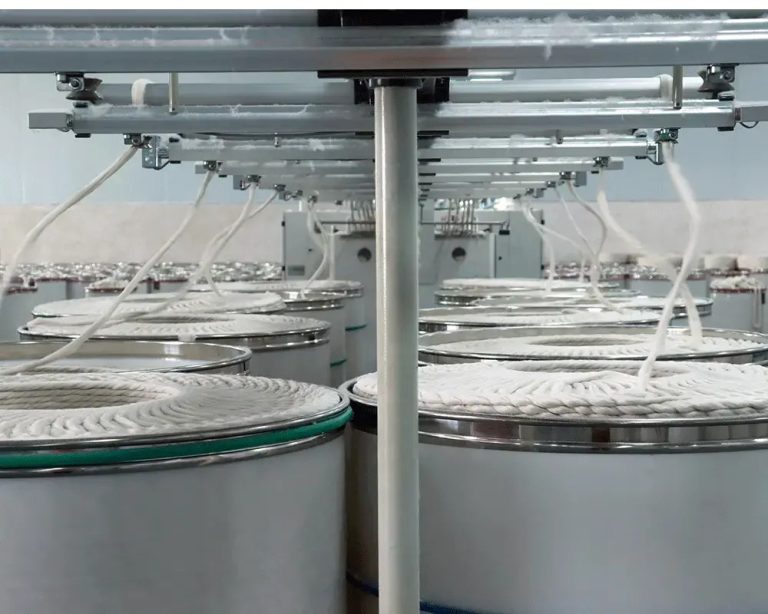目录
ToggleIn animal nutrition, the iron amino acid chelate is important for preserving trace minerals throughout digestion. Chelates are used to boost the minerals’ bioavailability to animals so they can help their metabolic processes. Animals fed with chelated sources of necessary trace minerals also excrete fewer quantities of those minerals in their feces, resulting in less environmental contamination.
The current invention also aims to provide stable, high-biological activity iron compounds to treat diseases caused by siderosis or iron deficiency, especially hypoferric anemia (IDA). The small intestine’s amino acid absorption sites directly absorb the iron, which has already been chelated, as a small peptide.
What is Iron amino acid chelate?
Iron amino acid chelate is an additional form of iron that has undergone chemical modification to enable it to pass through the digestive system intact. Our cells transport chelated iron with an amino acid attached to it. The stronger iron absorption is made possible by this bond.
Chelated minerals” is a way to give animals essential trace elements in a form that will be more easily absorbed by them.It is not subject to the same interactions as inorganic elemental forms. The trace mineral is chemically bonded to one or more amino acids or small peptides during the chelation process.

How does iron amino acid chelate work in the body?
Natural feed ingredients include vital trace components that animals need. They often wouldn’t be present in sufficient concentrations to satisfy the animal’s needs. As a result, when a meal contains deficits in one or more trace mineral elements such as Iron amino acid chelate, they are typically given to the animal in the form of amino acid-chelated supplements. Knowing the bioavailability of any component of a natural feed ingredient or mineral source used as a dietary supplement is advantageous.
Effectiveness:
1. Lessening mineral competition, interference, and hostility
2. Increase mineral bioavailability
3. Combat nutritionally detrimental factors that affect minerals
4. Enhanced performance
5. Enhanced health (immune status, functional nutrition)
6. A rise in the caliber of animal products (meat, milk, egg, wool, etc.)
Iron amino acid chelate as an Animal Feed Ingredient
Due to interactions with other feed components, vital minerals are destroyed during digestion. The best way to ensure that minerals are protected and absorbed into the bloodstream and various organs in the feed is through the intestinal walls, allowing the organs to carry out their physiological functions uninterrupted. Except for cattle and poultry, the maximum tolerated level for this chelate is 450 mg/kg complete feed. For pets, for whom the maximum tolerated level is 600 mg/kg full feed, the use of iron amino acid chelate—minerals with amino chelation aids in enhancing fertility and reproductive efficiency.
0








